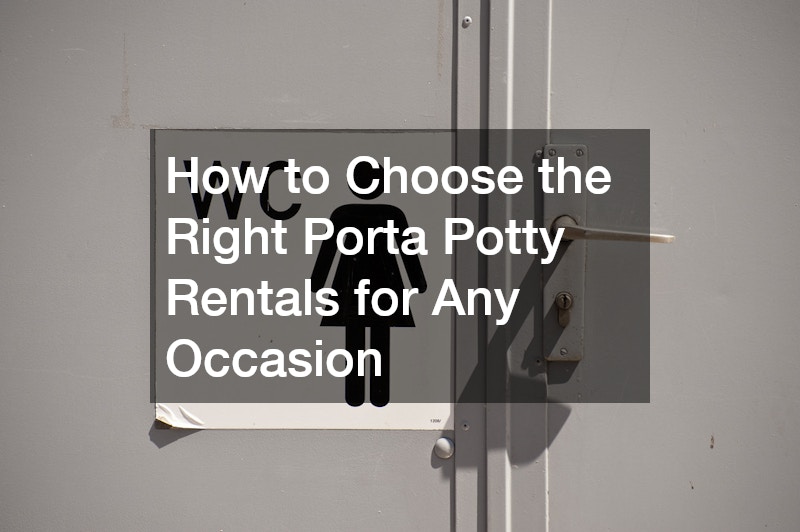The bulk of restaurant injuries are relatively minor, but they can still bring forth lawsuits that can cause unnecessary financial strain and reputation damage to a restaurant. This is why restaurants must be proactive in preventing injuries before they happen. While the risk of restaurant accidents can never be zero, it is incredibly important to mitigate hazards as much as possible.
Most restaurant injuries happen to workers. But what about the customers? Customers are more likely to sue a restaurant for injuries than employees are. Restaurants have workers’ compensation insurance if an employee is injured from an accident that is not their fault. Most also have general liability insurance for accidents that happen to customers, but some may want to drag on the lawsuit for various reasons.
To avoid potential financial and legal mess, here are the common restaurant injuries that happen to customers and how to avoid them.
Slip and falls
‘Slip and falls’ are among the most common types of accidents that happen within business premises. Most slips, trips, or falls don’t result in injury, but even if they do, they are relatively minor. However, there is always a chance that a slip and fall can result in traumatic brain injury. While unlikely to happen in restaurants, traumatic brain injury attorneys advise restaurants to not take the risk.
Here are some common causes of slips, trips, and falls in a restaurant environment:
1. Slippery surfaces and puddles.
It is a standard rule for restaurants to address slippery surfaces in all parts of the restaurant (kitchen, dining area, bathrooms, parking lot) at all times. As long as it is within the business premises, you may be held liable if the customer slips on something that is the restaurant’s fault (spilled food and drinks, oil, icy walkways).
To reduce the risk of this type of accident, keep floors clean at all times, lay down non-slip flooring material in the dining area, and clean up spills as soon as possible.
2. Trip hazards.
Electrical cords under the carpet, clutter, poorly placed furniture, torn carpet, uneven flooring, and damaged floor mats are all examples of tripping hazards in restaurants. Regularly inspect the restaurant premises for any tripping hazards and have necessary repairs done immediately.
3. Poor lighting.
A person that slips or falls because they can’t see where they’re going is not always the restaurant’s fault, but you may become liable if poor lighting is the cause. Ensure that you have proper illumination in all walkways, particularly near bathrooms and along the parking lot.

Burns and scalds
The food that gets to the customer might not be boiling hot, but it can cause painful burns or scalds nonetheless. To avoid this type of injury, here are some things to take note of:
1. Serve hot food and beverages in proper dinnerware.
When serving very hot items, ensure that they are in the appropriate vessels. For instance, when serving soup that is meant to be shared (as in family-style restaurants), use a bowl with handles so that it can be easily passed around the table.
2. Train staff.
Proper staff training is necessary to minimize mishaps with guests. During training, emphasize the importance of handling hot food and beverage near customers. Servers spilling food or drinks on customers is a common cause of scalding, so pay special attention to this topic when training your restaurant staff.
Staff must also be trained to remind customers that a dish is hot, as in the case of sizzling plates and dishes that have been heated with the food. Too many customers touch very hot dishes and burn themselves, which can be easily avoided with a simple reminder.
Cuts and lacerations
A restaurant may only be held liable for a cut that happens to a customer if it is caused by the restaurant’s negligence. There are several ways this can happen, which are:
1. Faulty silverware.
Silverware that have wooden or plastic handles are susceptible to breaking apart. When a knife happens to break and cut a customer’s hand in the process (not common but possible), the fault may be pinned on the restaurant.
2. Broken dishes.
Staff must clean broken dishes as soon as possible to avoid customers from getting injuries. The area must also be cleaned thoroughly after hours to make sure that they are no tiny shards left.
The risk of restaurant injuries can never be eliminated. Hence, be sure to train staff on what to do in case an accident does happen, and always keep a well-supplied first aid kit within easy reach in both dining and kitchen areas.





